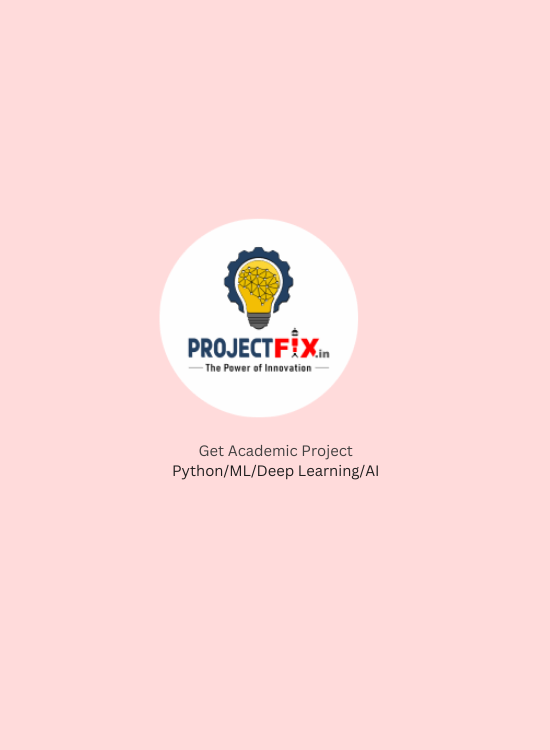TUTORING SYSTEM USING MACHINE LEARNING
Overview
A tutoring system leveraging machine learning integrates advanced algorithms to enhance personalized learning experiences and optimize educational outcomes. This system operates by analyzing vast amounts of data to understand student behavior, tailor content delivery, and provide targeted feedback. Here’s how such a system typically functions:
Personalized Learning Paths
Machine learning algorithms assess students’ strengths, weaknesses, and learning styles based on their interactions with the system. By analyzing performance data from quizzes, assignments, and exercises, the system can recommend personalized learning paths. For example, if a student struggles with a specific concept, the system can offer additional resources or targeted practice exercises until mastery is achieved.
Adaptive Feedback Mechanisms
Real-time feedback is crucial for effective learning. Machine learning enables the system to provide adaptive feedback based on students’ responses. Natural Language Processing (NLP) techniques can analyze written responses to open-ended questions, providing nuanced feedback that addresses both correctness and depth of understanding. This helps students to not only correct mistakes but also deepen their comprehension of the material.
Predictive Analytics for Intervention
Predictive analytics models can anticipate when a student might struggle with upcoming topics based on their historical performance data. By identifying these patterns early, the system can intervene proactively with targeted resources or additional support. This proactive approach helps prevent learning gaps from forming and supports continuous progress.
Data-Driven Insights for Educators
Educators benefit from the system’s analytics capabilities, which provide detailed insights into student progress and engagement. By aggregating and analyzing data across multiple students or classes, the system can identify trends and patterns that inform instructional strategies. Educators can then adjust their teaching methods based on empirical evidence, fostering more effective learning environments.
Continuous Improvement through Feedback Loops
Machine learning models can be continuously updated based on new data and feedback, improving the system’s accuracy and effectiveness over time. By incorporating user feedback and outcomes data, developers can refine algorithms to better meet the needs of both students and educators.
Challenges and Considerations
Despite its benefits, implementing a machine learning-based tutoring system requires addressing challenges such as data privacy concerns, ensuring algorithmic fairness, and integrating seamlessly with existing educational technologies.



